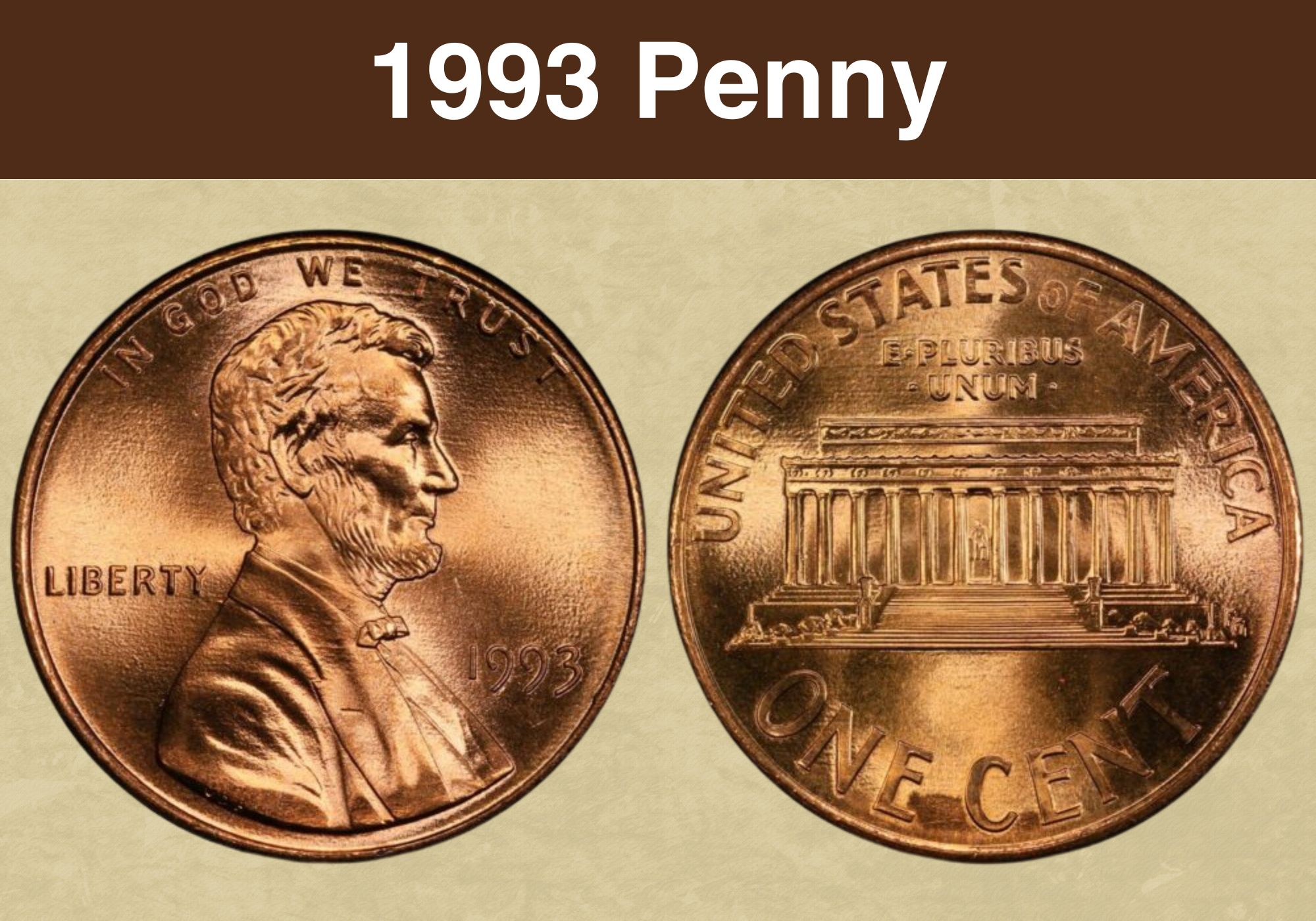
Coin Value Contents Table
Are you searching for information on the 1993 penny value? Then you’ve come to the right place!
We’re going to explore everything you need to know about this coin. We’ll check out its design and history. And we’ll look at what makes coin collectors willing to pay more for particular specimens.
So if you’re ready, let’s get started!
1993 Penny Value Chart* |
||||
| Mint mark | XF45 | MS63 | MS67 | MS69 |
| 1993 No Mint Mark Penny Value | 1 cent | $4 | $24 | $4,750 |
| 1993 D Penny Value | 1 cent | $6 | $10 | $2,500 |
| PR60 | PR65 | PR68 | PR70 | |
| 1993 S Proof Penny Value | $1 | $4 | $7 | $42 |
*Values are for coins graded red
History of the 1993 Penny
The penny struck in 1993 is one of the series known as Lincoln pennies. More specifically, it’s a modern Lincoln penny, a series that began in 1959.
Its nickname comes from the image on the obverse, a portrait of the assassinated president, Abraham Lincoln. The first ever Lincoln pennies were struck in 1909. That year marked a century since Lincoln’s birth. And it was also an historic occasion in the history of US currency.
That’s because it was the first time a real person had ever appeared on a US coin. Until then, the “heads” side had usually featured Lady Liberty. It was a conscious change from the coins of monarchies like Britain, which bore the head of the king or queen.
But as plans to commemorate the centenary firmed up, the idea of a Lincoln coin gained popular support. And an artist by the name of Victor David Brenner was commissioned to design the new penny.
The first Lincoln pennies had a design of two ears of wheat on the reverse. But fifty years on, it was time for a change. A new design, depicting the Lincoln Memorial in Washington DC, was the replacement. And that’s the same image you’ll find on your 1993 penny.
The modern Lincoln penny also differs from the original in its composition. The first coins were made of bronze – 95 per cent copper, with the remaining 5 per cent a mixture of tin and zinc.
There was a change in 1943, when the wartime demand for copper necessitated the creation of a steel penny. But the following year, the penny reverted to its original composition.
Then in 1982, the recipe changed again. This time, the bronze was replaced with zinc. But to keep the new coins the same color, the zinc was plated in copper. It’s this composition that was used for the 1993 penny, and it’s still being used to this day.
If you compare your 1993 penny to a pre-1982 version, you’ll immediately feel the difference. The newer coin is much lighter. And it sounds different if you drop it on a wooden surface. The older penny will ping off the wood, while the 1993 version has a plasticky sound.
Also read: 12 Most Valuable Lincoln Penny Worth Money
Features of the 1993 Penny
The Obverse of the 1993 Penny
The obverse – or “heads” side – of the 1993 penny will be familiar to anyone who uses American coins. Its portrait of Abraham Lincoln has been gracing the one-cent piece since 1909. That makes it the longest-running design in the history of US coins.
The portrait was crafted by an artist called Victor David Brenner. He had been born in the part of Russia that is today Lithuania. And his artistic education began at a young age, as he came from a family of metalworkers.
He emigrated to the United States towards the end of the nineteenth century. There, he sculpted an image of President Theodore Roosevelt for a medal to commemorate the Panama Canal.
Roosevelt played a key role in the inception of the Lincoln penny. And it was probably his contact with Brenner that saw the artist commissioned to design the coin.
Brenner’s portrait depicts Lincoln’s head and shoulders in profile. He faces to the right as the coin is viewed. And if you look closely at the cut-off at the bottom of the portrait, you’ll see the artist’s initials.
That wasn’t where they first appeared, however. Having originally proposed signing his portrait on the obverse, Brenner was told it wouldn’t be acceptable. He duly initialled the reverse instead – but even that was to prove controversial.
When the first coins were released, there was an outcry that his initials were too bold and amounted to advertising. Coin production was halted, and with time of the essence, the Mint decided to remove the initials altogether.
They were finally reinstated in 1918, this time on the obverse, in the position they still enjoy today.
Above the portrait is the motto “IN GOD WE TRUST”. The date is to its right, while the word “LIBERTY” is on the left.
Pennies struck in Denver or San Francisco will be marked with a “D” or an “S” respectively, while those from Philadelphia are unmarked. If your coin has a mint mark, you’ll find it just beneath the date.
The Reverse of the 1993 Penny
The building on the reverse of the 1993 penny is the Lincoln Memorial in Washington DC. The image also includes the statue of Lincoln in the middle of the portico. That makes the Lincoln Memorial penny one of the few US coins to have an image of the same person on both sides.
The design was first used in 1959 to mark 150 years since Lincoln’s birth. It was created by the Mint’s Chief Engraver, Frank Gasparro, whose monogram is inscribed to the lower right.
The country name is inscribed above the image, curving parallel to the upper coin edge. Below that, just above the roof of the portico, appear the Latin words “E PLURIBUS UNUM”. They mean “From the many, one”, and refer to the country’s birth as a union of states.
The denomination appears at the bottom of the coin, curving parallel to the lower edge.
Other Features of the 1993 Penny
While the 1993 penny is made mostly of zinc, the copper cladding means individual coins vary in color. When copper is new, it’s a rich red shade. But as it’s handled or exposed to the air, that color changes gradually to brown.
The color of Lincoln pennies is very important when it comes to their value. The independent coin grading agencies assign a color classification to all copper coins.
To do that, they use a strict criterion. That’s the percentage of the total surface area, on both sides of the coin, to be either red or brown.
If a coin is red over at least 95 per cent of its total surface area, it counts as red. If it’s brown over the same proportion, it’s a brown coin. And anything in the middle is classed as red and brown.
This YouTube video from Len Here contains more information on how to grade Lincoln pennies.
Also read: 13 Most Valuable Wheat Penny Worth Money
1993 Penny Grading
| # | Grade |
|---|---|
| 1 | Basal State-1 |
| 2 | Fair |
| 3 | Very Fair |
| 4, 5, 6 | Good |
| 7, 8, 10 | Very Good |
| 12, 15 | Fine |
| 20, 30 | Very Fine |
| 40 | Extremely Fine |
| 50 | About Uncirculated |
| 60 | Mint State |
| 65 | Mint State |
| 70 | Mint State |
Please check our grading guides to know your coin scale, It’s the necessary step to know the exact value of your coin.
Check out now: How to Grade Lincoln Wheat Penny?
1993 Penny Value Guides
1993 No Mint Mark Penny Value
Huge numbers of pennies were struck at the Philadelphia Mint facility in 1993. The total was almost 5.7 billion coins. And even with coins getting lost over the decade or so since then, there are still plenty of survivors.
That means that most no mint mark coins of this mintage will only be worth their face value. The exceptions are coins in the very finest condition, or those with interesting Mint errors.
Coin condition is graded on a scale from 1 to 70. 1 is used for the poorest examples, while 70 denotes a perfect coin. Coins that have never been circulated are referred to as being in “mint state”. They’re graded from 60 to 70 and have the prefix “MS”.
Even mint state 1993 no mint mark pennies, though, are relatively easy to find. And that means that it won’t be worth the time and expense to get most of them graded.
Color is important too. And for a coin to be worth more than a few dollars, it will almost certainly need to be red.
The independent coin grading agency, the PCGS, values a red 1993 penny graded MS63 at just $4. Go up a point to MS64, and the value increases by a dollar.
At MS65, the lowest grade at which a coin is termed a “gem”, that figure rises again to $8. And beyond that, prices rise more steeply – to $15 at MS66, $24 at MS67, and $100 at MS68.
The finest coins known to exist are graded MS69 red. To date, the PCGS has certified six pennies at that grade. And they’re each valued at an impressive $4,750.
1993 D Penny Value
The Denver Mint facility produced even more 1993 pennies than its Philadelphia counterpart – almost 6.5 billion coins. They can be identified by the small “D” beneath the date.
Their ready availability means that they’re usually worth only their face value. But mint state coins in high grades, or interesting error coins, are more desirable.
A red 1993 D penny graded MS63 is worth around $6 – that’s 50 per cent more than a Philly penny at the same grade.
An example graded MS65 red can be yours for around $10, while the same color graded MS67 is worth around $26. At MS68, the PCGS value is $80, rising to $350 at MS68+.
Top of the shop are 13 coins graded MS69 red. With more than twice as many certified examples as the no mint mark versions, values are more modest. One of these coins is worth around $2,500.
1993 S Proof Penny Value
While 1993 saw the Philadelphia and Denver Mint facilities striking coins for everyday use, the San Francisco facility struck proofs. These were coins struck on highly polished planchets using specially prepared dies and aimed at coin collectors.
While the mintage was lower than for business strike pennies, the numbers were still large. Almost 3.4 million 1993 S proof pennies were produced.
Because they were marketed as collectors’ items, relatively few have been lost over the years. That means it’s still easy to find a good quality proof coin. And you won’t have to pay big money to acquire one.
Proof coins are, by definition, uncirculated. Grades usually start at 60 as a result, and the grading has the prefix “PR”.
All 1993 S proof pennies are also what’s known as “deep cameos”. These are the finest grade of proofs, with a strong contrast between mirror-like flat surfaces and frosted designs.
A 1993 S deep cameo proof penny graded PR60 is worth only around a dollar, while a gem PR65 is around $4. Even a near-perfect PR69 example can be yours for about $14. At the time of writing, the PCGS had certified upwards of 9,000 1993 pennies at that grade.
And if you’re prepared to spend a little more, a perfect PR70 1993 proof penny will set you back around $42. That’s a pretty good price for a flawless coin.
Also read: 17 Most Valuable Indian Head Penny Worth Money
Rare 1993 Penny Errors List
1993 D Penny, Roosevelt Dime Reverse
One extremely rare error penny was struck in Denver in 1993. It should have had the usual Lincoln Memorial reverse. But somehow it was instead struck with the reverse design for the Roosevelt dime. That showed a torch with an olive branch on one side and an oak branch on the other.
Not only was the error rare, but the coin was in great condition too. It was graded MS65 red by the PCGS.
All this meant that when it was presented at auction, it sold for over $51,000.
1993 (P) No Mint Mark Penny, Double Struck, Second Strike Off-Center
Occasionally, coins aren’t properly ejected from the coin press after being struck. They’re then struck a second time. And if the planchet has moved in the process, the second strike will be off-center.
This can result is some very unusual-looking coins – as with one 1993 no mint mark penny. It was double struck, with the second strike 80 per cent off-center.
Normally, a coin with this kind of dramatic error would achieve a significant price. But in this case, the surface of the coin had unclear details. And that meant that the coin grading agency which authenticated it, the NGC, couldn’t give it a numeric grade.
As a result, it sold at auction for a modest $25.
This YouTube video from Couch Collectibles features both these error coins and more.
Also read: 11 Most Valuable Wheat Penny Errors
Where to Sell Your 1993 penny ?
Now that you know the value of your coins, do you know where to sell those coins online easily? Don’t worry, I’ve compiled a list of these sites, including their introduction, pros, and cons.
Check out now: Best Places To Sell Coins Online (Pros & Cons)
FAQs
Is a 1993 penny worth anything?
In the vast majority of cases, a 1993 penny will be worth only its face value. But if it’s a red coin in excellent uncirculated condition, or it has an interesting error, it can be worth more.
Mint state coins range in value from a dollar to almost $5,000, depending on their condition and mint mark. Error coins can be worth anything from a few dollars to five figures, depending on the rarity of the error.
What is the 1993 penny error?
There are many different types of errors amongst 1993 pennies. They include pennies struck off-center, double struck, broadstruck, or struck with broken dies.
But the rarest and most valuable error to have come to light is what’s known as a “mule”. Mules combine the obverse of one denomination and mintage with the reverse of another.
The 1993 D mule penny combines the obverse of the Lincoln Memorial penny with the reverse of the Roosevelt dime. And when it was last sold at auction, it made $51,750.

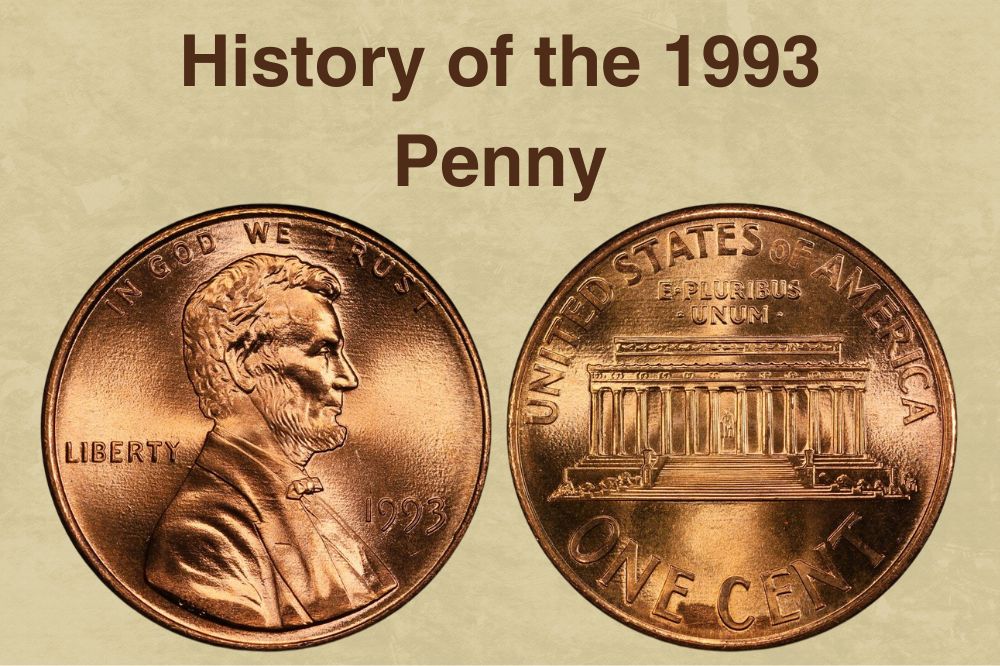
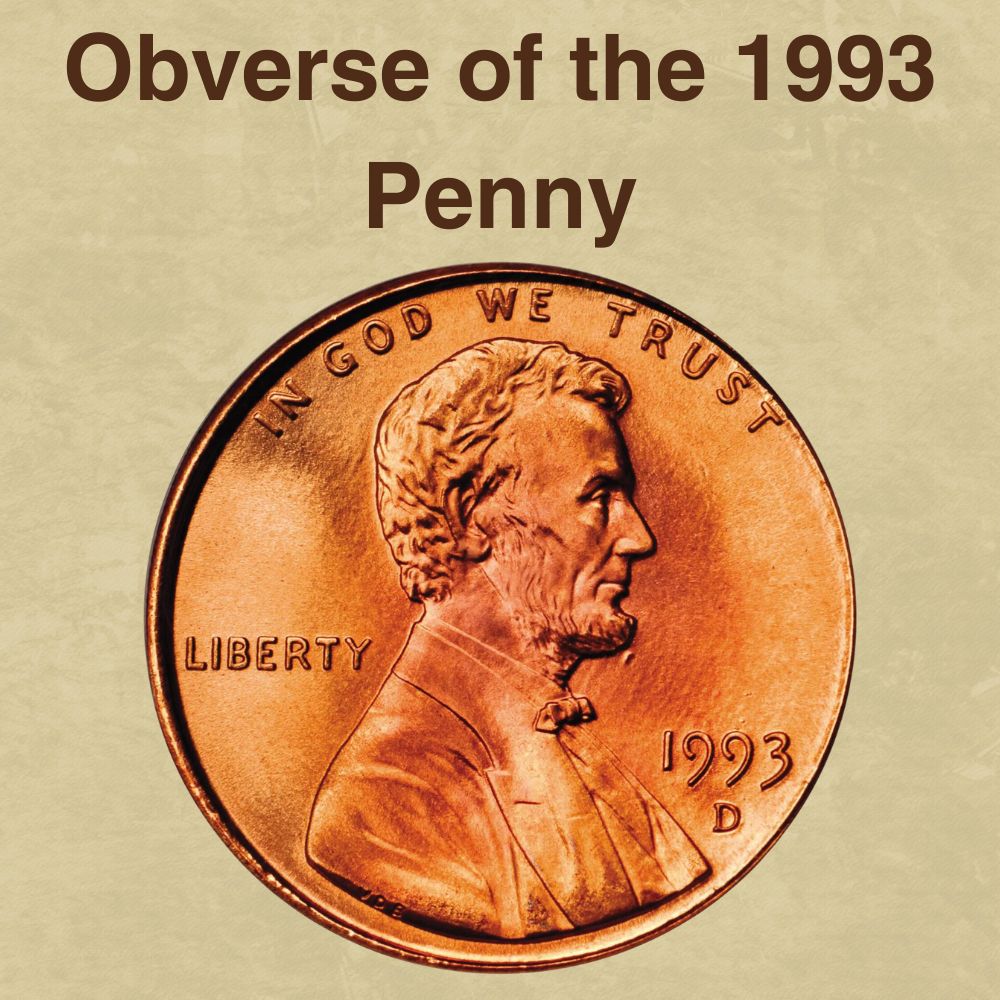
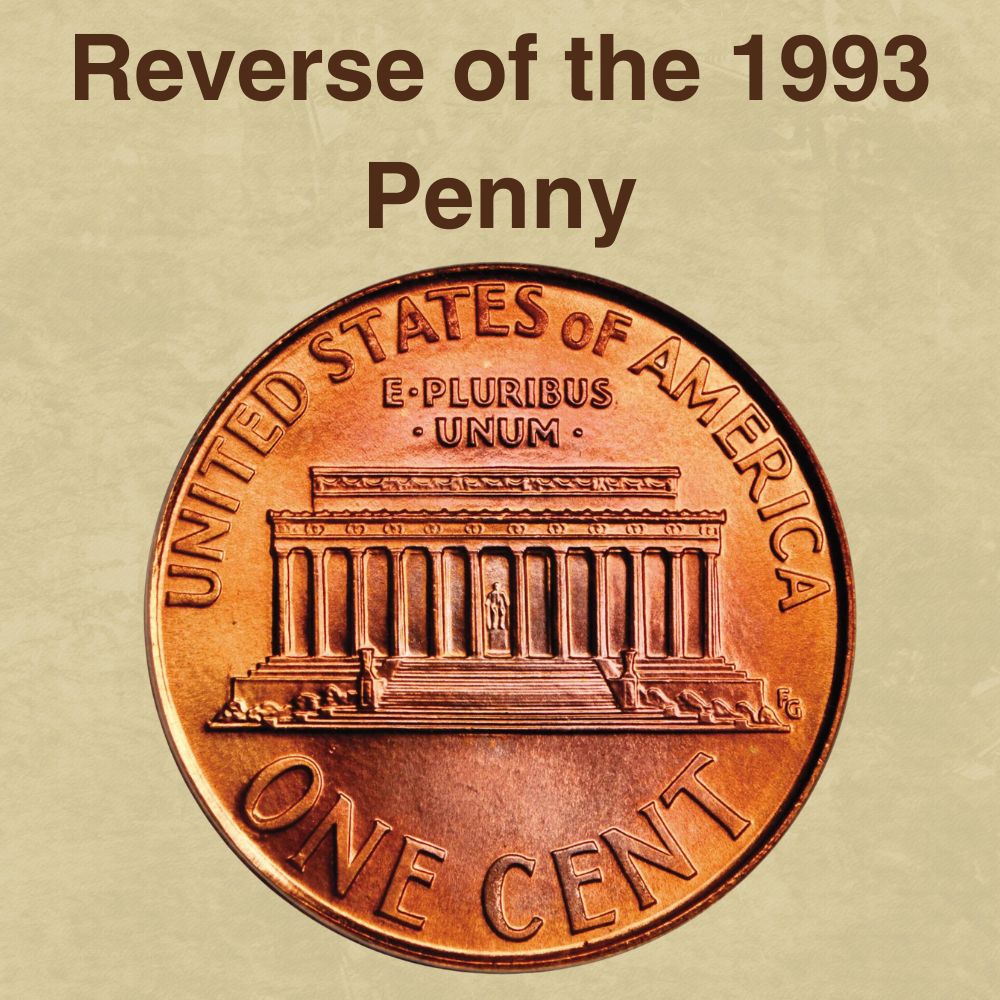
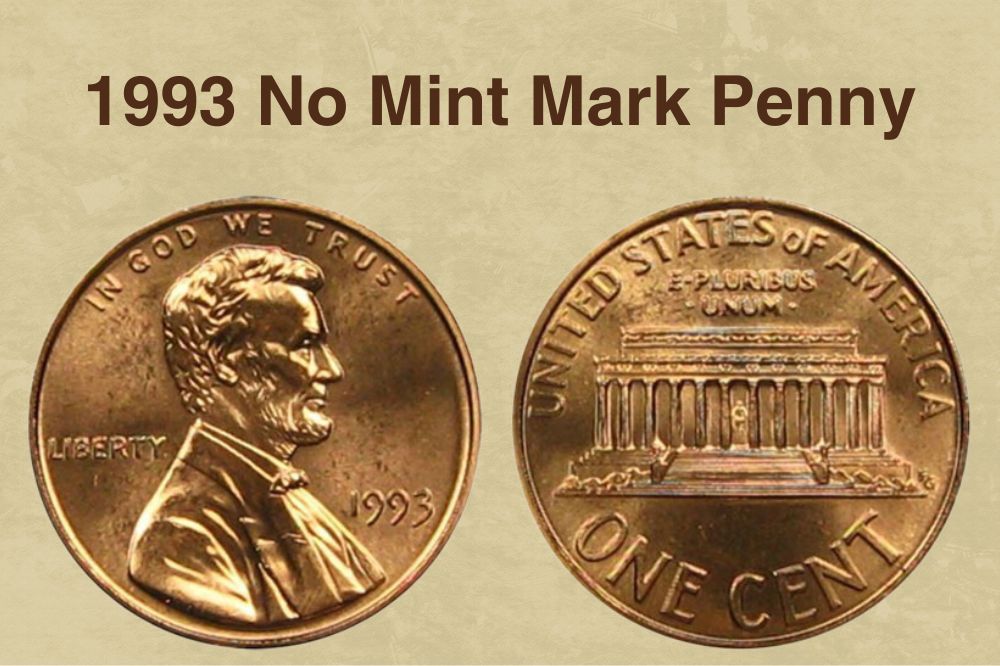
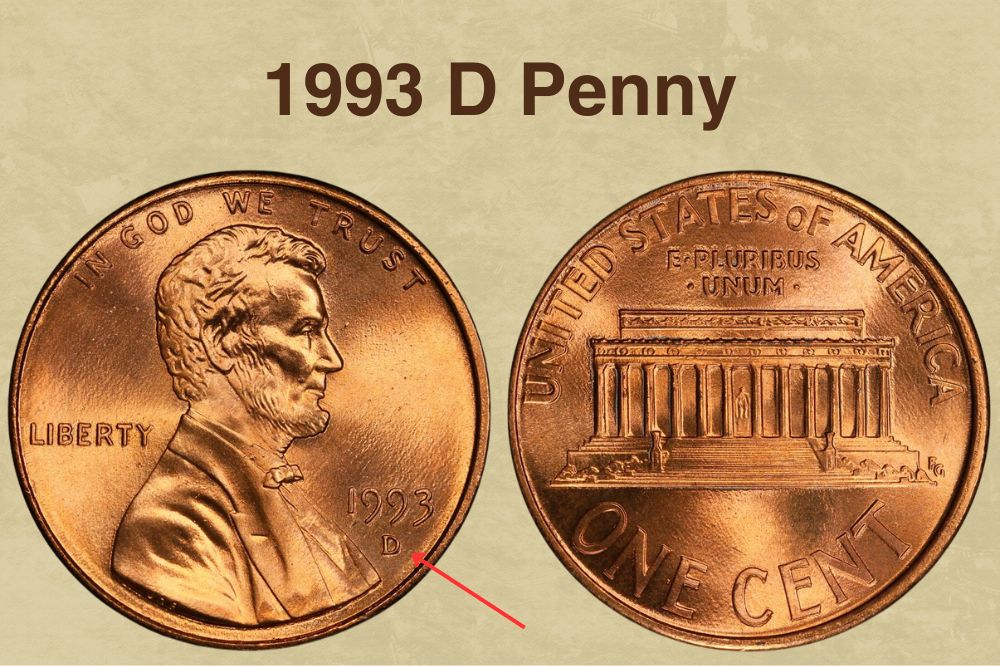
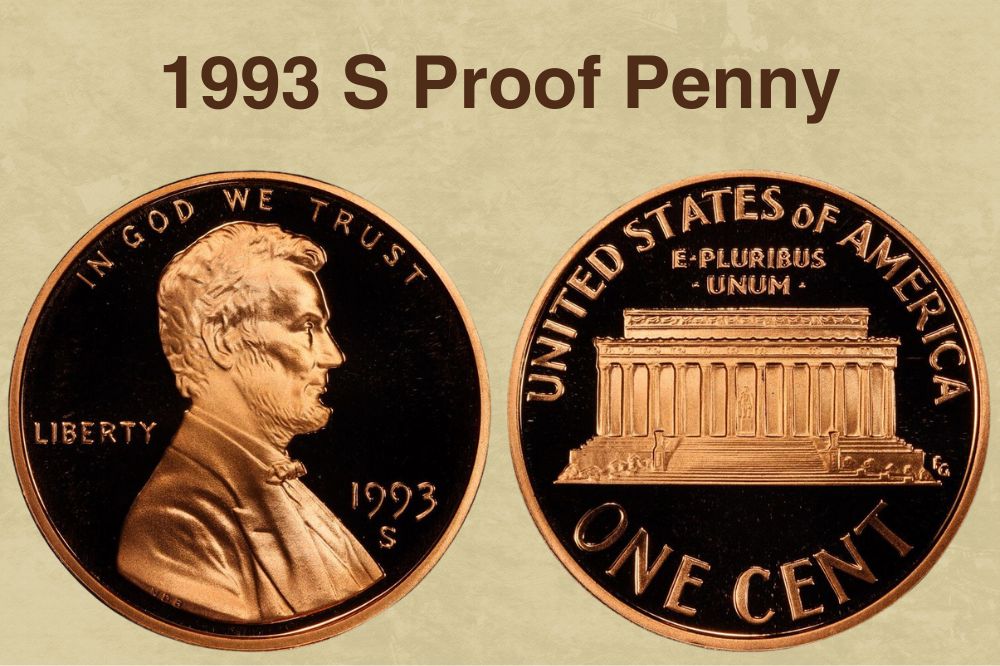
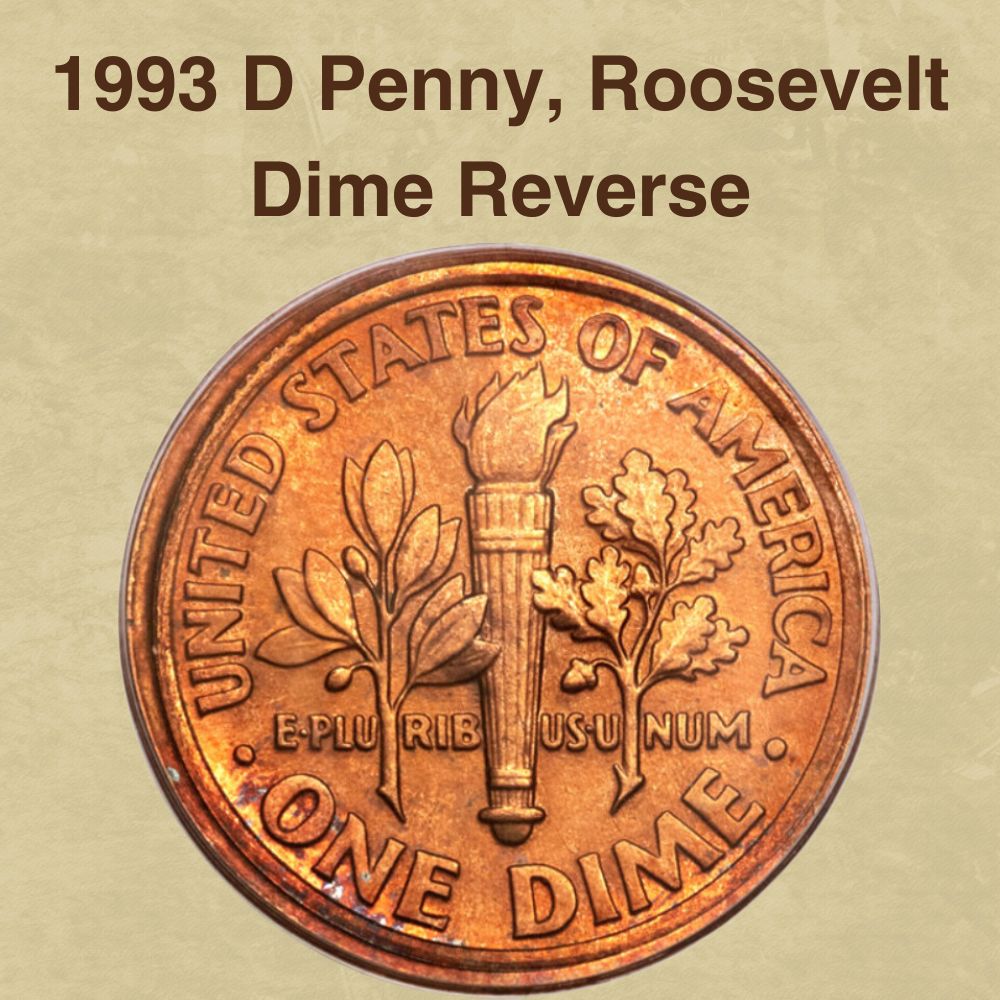
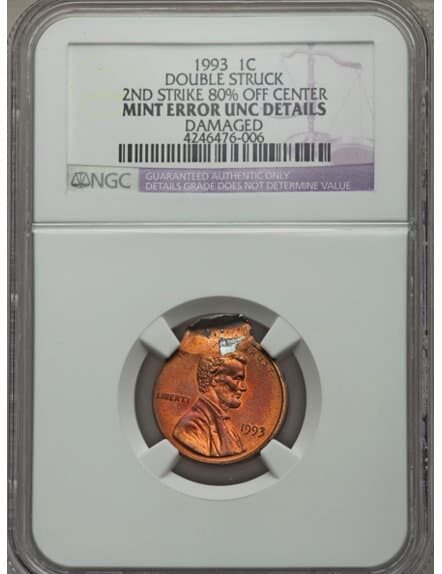
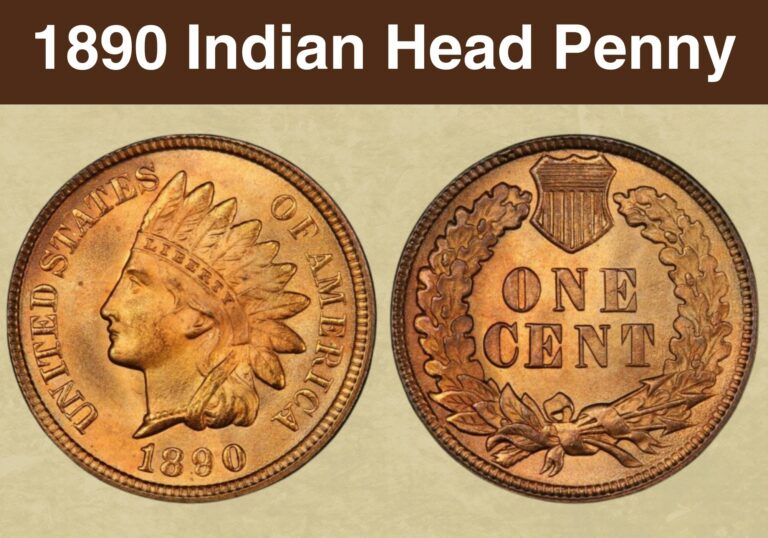
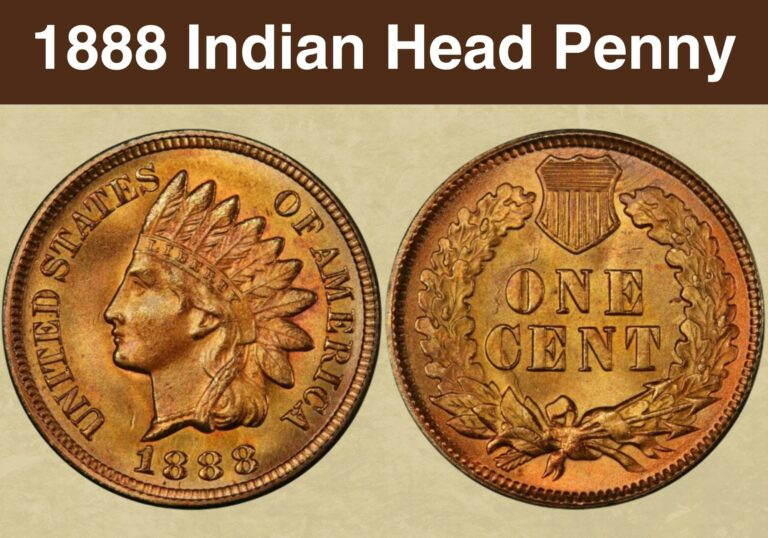
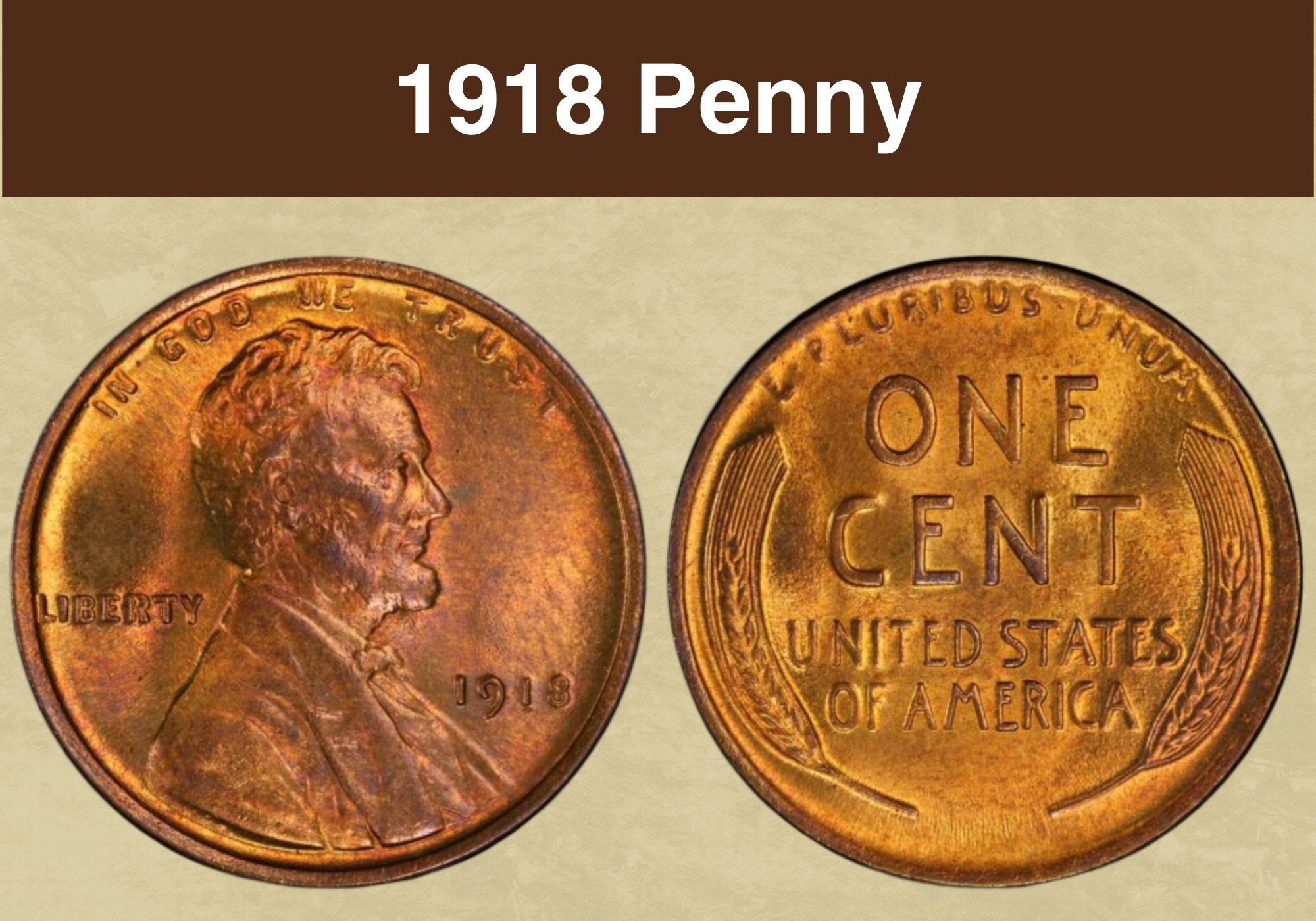
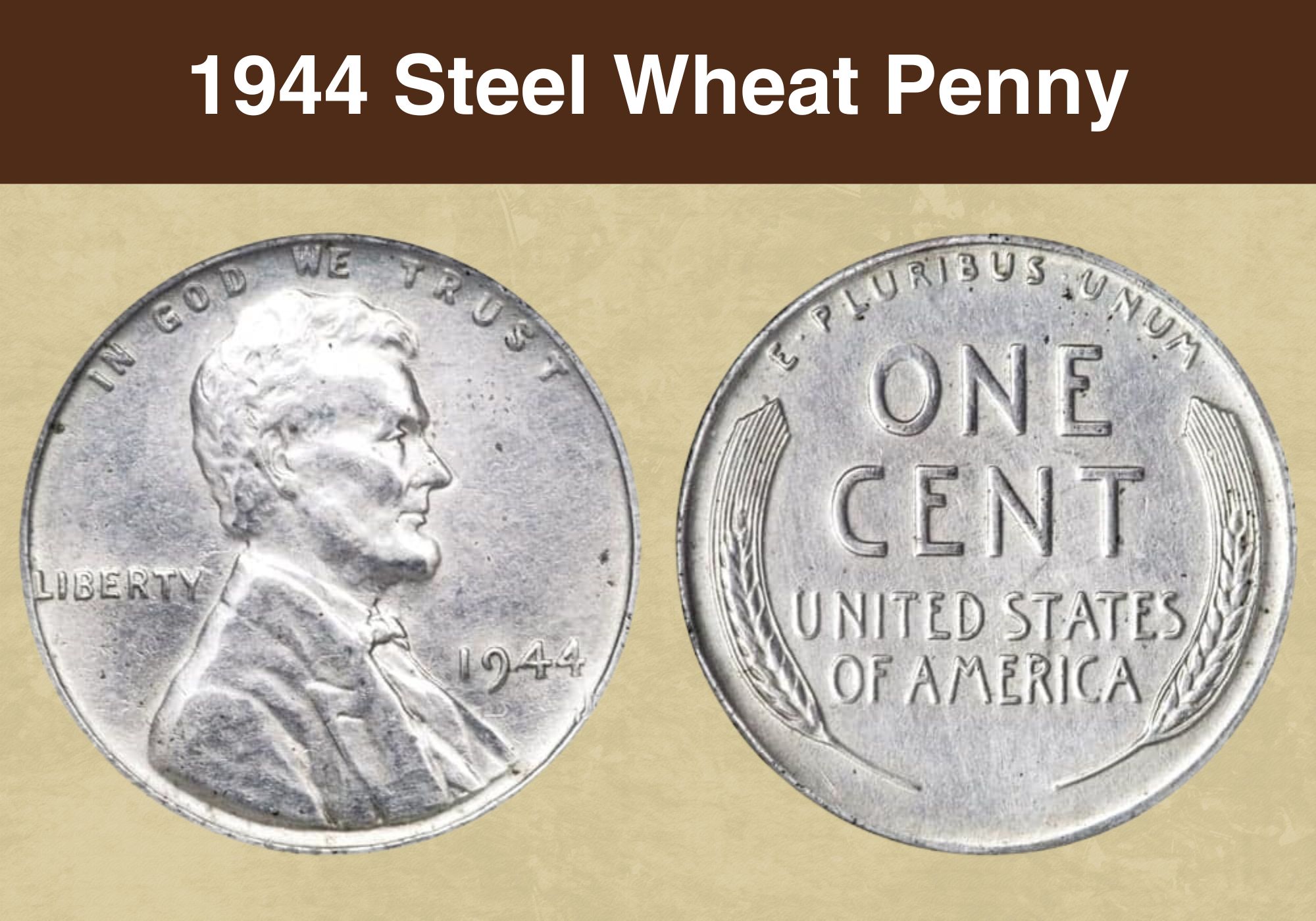
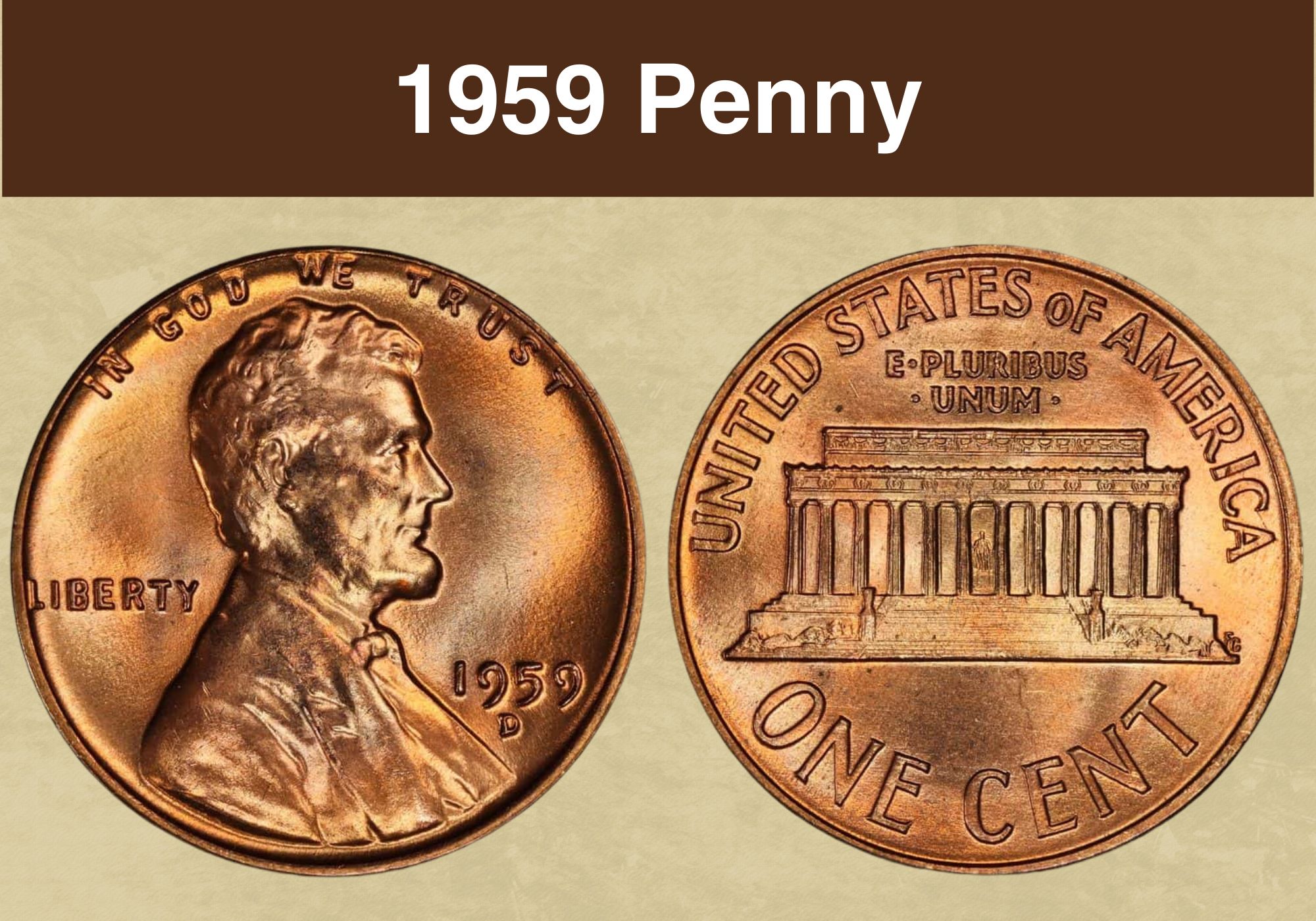
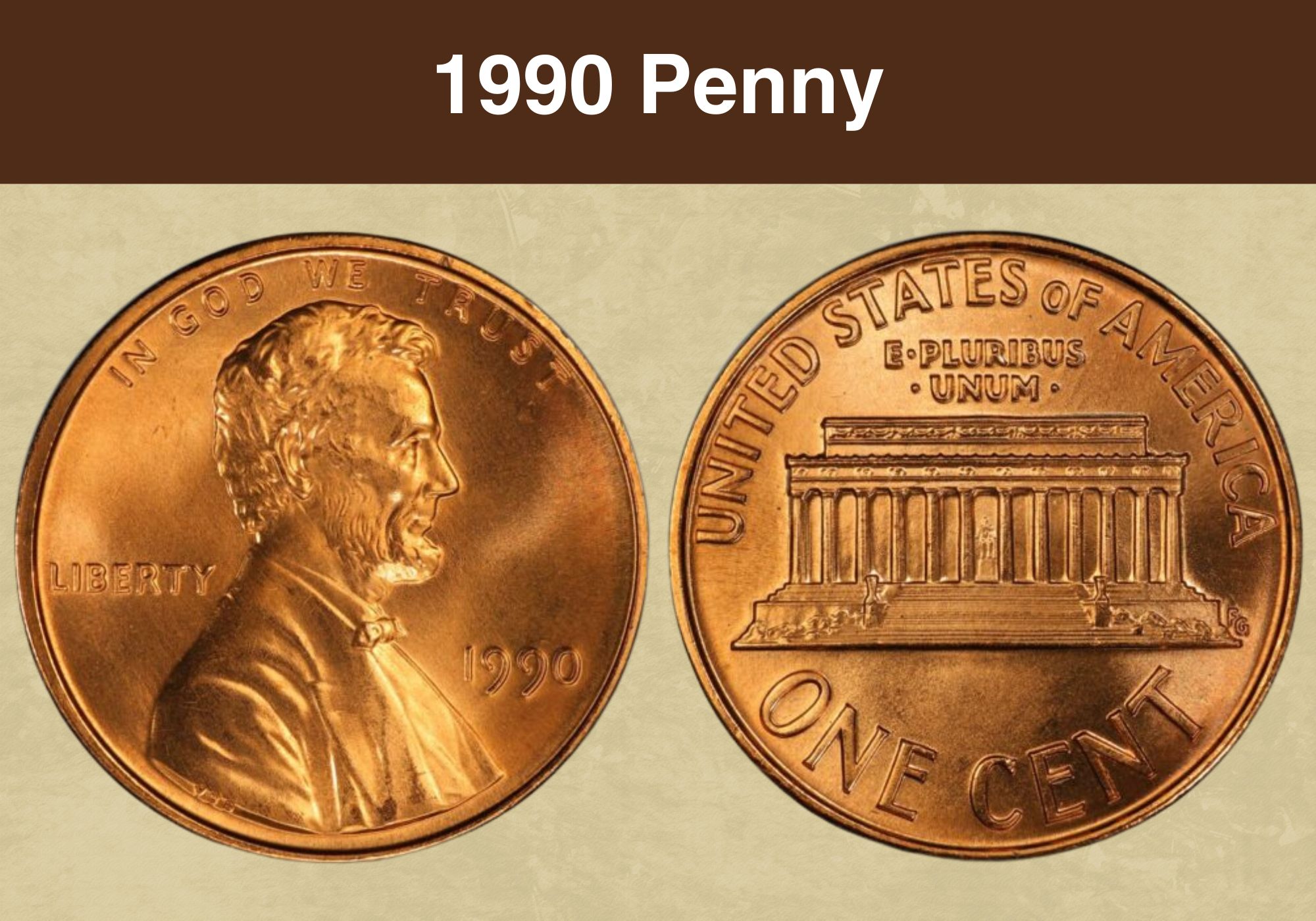
I have a 1993 penny it looks like it’s double struck it has a thicker edge then any penny I’ve seen. Is it worth anything?
I have a 1993 d penny that has an extra piece of metal between the E and the r and Liberty and some of the lamination on the reverse is missing is it worth anything
I just got a 1993 no mint mark pennyand is missing In God and also there’s no VDBon obverse of the penny.Is there any value to this coin or don’t waste my time.
I have a 1993 d penny. The “l” looks like a small I and on the edge of the coin. ???
1993 no mint mark penny two toned color the rim of penny is silver all the way around while the inside is red. On the front the L I in liberty is not there jus saids Berty on the back the am is almost touching with space between me and e. The o and f are small almost not there .
I have a 1993 penny with the d on it no scratches no problems at all everything is raised right but it’s a half it’s an eighth of an inch larger than any other penny and it hasn’t been repressed it’s got the ridge all the way around both sides and it hasn’t been pressed can you somebody tell me about it and how much it might be
I have a 1993 penny with a Dean mark on it no marks no scratches perfect perfectly and pristine order but it is tarnished and it is also an eighth of an inch all the way around larger than any other penny could you tell me about that and how much it might be
I got a 1993 D mint, the lining of Abraham Lincoln seems to be the color of baby blue, also the lining in spot threw out the back of the coin to, at that it does have pitches of red in the coin,,,,,, so what do I have here if any